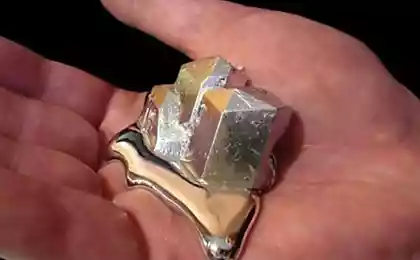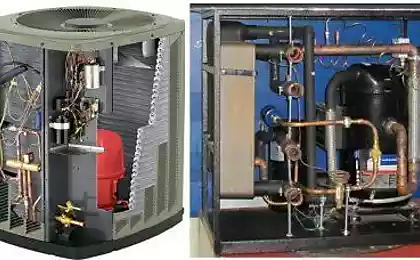942
Scientists have received self-propelled droplet of liquid metal

Chinese scientists from the университета Tsinghua University in Beijing received self-propelled droplet of liquid metal, which is used as fuel aluminum shavings. The drop can move in a straight line, in a circle around the saucer, or pass through a complex maze.
Jin Liu, one of the researchers, said: "This nonrigid car looks like alive. It can change shape according to the place where she came, just like the Terminator sci-fi movie. This unusual behavior is very similar to the action of living organisms in nature. " Liu believes that this experiment even raises the fundamental question of determining what is life.
The mechanism of the drop was discovered by accident. The drop consists essentially of gallium indium tin alloy. At 30 degrees the mixture is in the liquid phase. If you put it in sodium hydroxide or even in salt water, and "feed" her a piece of aluminum, it begins to move. Part of the driving force is caused by the difference of electric potentials appearing on reaction with aluminum. In addition, the interaction of aluminum with sodium hydroxide, hydrogen bubbles are allocated, which, like a jet engine, push forward drop.

If, on the contrary, at drop secure place, it begins to work as a pump. As a result, droplet 50 circulates water in milliliters per second. Thus, a drop of running the pump without an external power source.
Interestingly, the scientists just working on a nonrigid robots that were able to work in difficult conditions and deliver a variety of materials in confined spaces until the blood flows.
Last year, both Chinese and American scientists established , that gallium can be made to take a variety of complex shapes, acting on his electrocution. As a result of this change in the surface tension of the metal, which leads to a change in the shape of droplets. Liu believes that combining these two methods, you can control the speed drops or coordinate the work of a whole group of independent drops.
Source: geektimes.ru/post/247078/
Empowering: bluetooth-headset competes with a hearing aid for $ 3,000
Electronuclear educational program






















